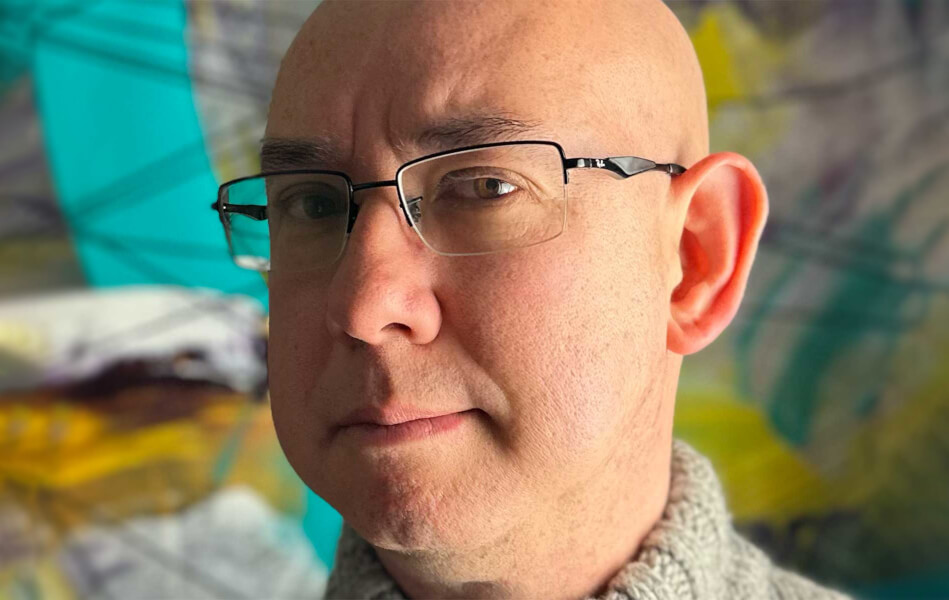Hamptons Artist Cindy Pease Roe Turns Garbage Into Art
As one of the top nautical painters in the Northeast, Cindy Pease Roe’s work is dependant on the health and beauty of the sea and the shore.

“Take a walk along any beach in Long Island now,” says Roe, “and washed ashore you’ll find plastic printed party balloons—the new enemy left behind by beach partiers—polythene grocery store bags, bottles, containers, plastic drums, expanded polystyrene packing, polyurethane foam pieces, pieces of polypropylene fishing net and discarded lengths of rope and buoys. Together with traffic cones, disposable lighters, vehicle tires and toothbrushes, these items are casually thrown away on land and at sea and carried ashore by wind and tide.”

According to Greenpeace International, “The very thing that makes plastic items useful to consumers, their durability and stability, also makes them a problem in marine environments. Around 100 million tons of plastic are produced each year of which about 10% ends up in the sea. About 20% of this is from ships and platforms, the rest from land.”

But one person’s trash is another person’s treasure.
“I collect all this plastic trash, bleach it—some items may be toxic—and then sort it into large pails by color and material,” Roe says. “Then I start to make art with it.”

Roe began with wreath shapes in various colors and themes, and then made larger animal shaped sculptures using wire frames. “Herman” the turtle is wonderfully whimsical, flying through the air as formerly perilous fishing lures and netting animate his shell. “Rudolph” the life-size deer is stuffed with large plastic bottles, and party balloon ribbon gives him a curly springy head.
These pieces are a component of a larger plastic awareness series that transforms the destructive elements of plastic into a constructive form of art.

Last fall, 4th graders at Greenport Elementary School went on a bus to a beach on the North Shore, collecting plastic to make art with for the library. They made wreaths and small reindeer.
Kids react with sheer delight and amazement to the statues, so Roe connected with the Oyster Pond Elementary School, which initially began as a conversation started with a group of students about the importance of recycling and the consequences of litter. After sharing information, organizations and some sobering statistics, Roe and the students set out to the shore in a big school bus with gloves and buckets to begin their observation and collection of found plastic.

“I was surprised how few of the kids were aware of the plastic on the beach, because they don’t go very often,” says Roe. “Once I trained their eye to see the stuff, they found so much of it. The worst is the party balloons, as they are usually filled with helium and they escape from the outdoors parties. Then they get carried out over the ocean, where they eventually fall into the water. Turtles think they’re jellyfish—one of their favorite foods—and eat them, then they choke and it kills them. Another problem is that even the plastic that is small and gets ground up and is ingested by marine life. Then we eat it. I don’t want to freak the kids out too much, so we make it fun. The art on their walls is a permanent reminder of what is happening to the sea and shore.”

Each class participated in the project from the collection and sorting, to the final construction of a 5-foot sculpture of a fish compiled of their reclaimed material. The big fish was on display at the school science fair.
“I care so deeply about our waterfront,” says Roe. “And I love marine life, this is how I can help my community through the art.
Cindy Pease Roe Studio, 190 Stirling Street, Greenport, cindypeaseroe.com



